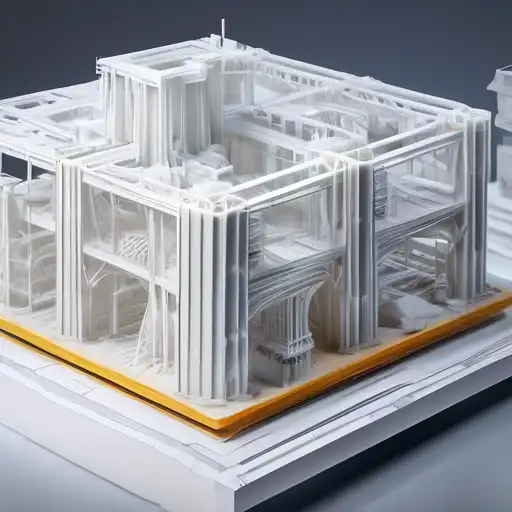Introduction to 3D Printing in Construction
The construction industry is on the brink of a revolution, thanks to the advent of 3D printing technology. This innovative approach to building is not only faster and more cost-effective but also opens up new possibilities for architectural design and sustainability. In this article, we explore how 3D printing is shaping the future of construction.
The Benefits of 3D Printing in Construction
3D printing, or additive manufacturing, offers numerous advantages over traditional construction methods. These include:
- Reduced Construction Time: Projects can be completed in a fraction of the time it takes with conventional methods.
- Lower Costs: By minimizing waste and reducing labor requirements, 3D printing can significantly cut construction costs.
- Design Flexibility: Complex geometries that were once impossible or too expensive to build can now be easily achieved.
- Sustainability: 3D printing uses materials more efficiently, reducing waste and the environmental impact of construction projects.
Current Applications of 3D Printing in Construction
Around the world, 3D printing is being used to construct everything from small residential homes to large commercial buildings. Some notable examples include:
- The first 3D-printed house in the Netherlands, which was fully habitable and met all building codes.
- A 3D-printed office building in Dubai, showcasing the potential for rapid construction in urban areas.
- Experimental projects exploring the use of alternative materials, such as recycled plastics or lunar dust, for future construction on the moon or Mars.
Challenges and Future Prospects
Despite its potential, 3D printing in construction faces several challenges, including regulatory hurdles, the need for skilled operators, and the current limitations in material choices. However, as technology advances and these challenges are addressed, the future of 3D printing in construction looks promising. Innovations in material science and robotics could further enhance the efficiency and capabilities of 3D printing, making it a cornerstone of construction in the years to come.
Conclusion
3D printing is set to transform the construction industry, offering a faster, cheaper, and more sustainable way to build. As we continue to explore the possibilities of this technology, it's clear that 3D printing will play a pivotal role in building tomorrow's world. For more insights into the future of construction technology, check out our article on sustainable building practices.
